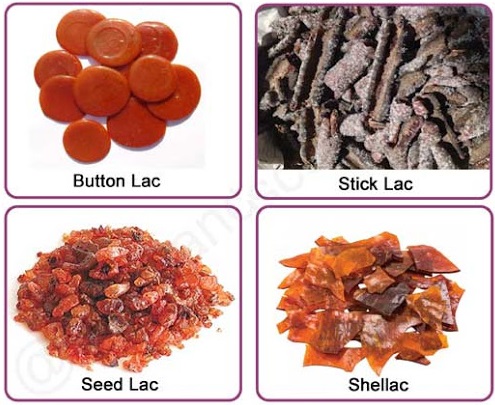Learninsta presents the core concepts of Biology with high-quality research papers and topical review articles.
Lac Culture and its Importance
The culture of lac insect using techniques for the procurement of lac on large scale is known as Lac culture. Lac is produced by the lac insect Tachardia lacca previously known as Laccifer lacca. It is a minute, resinous crawling scale insect which inserts its probosics into the plant tissues and sucks juice, grows and secretes lac from the hind end of the body as a protective covering for its body.
Moreover the insect is a parasite on host plants i.e., Karanagalli (Acacia catechu), Karuvelai (Acacia nilotica) and Kumbadiri (Schleichera oleosa). The quality of lac depends upon the quality of the host plant. The female lac insect is responsible for large scale production of lac, which is larger than the male lac insect.
Economic Importance of Lac
- Lac is largely used as a sealing wax and adhesive for optical instruments. It is used in electric industry, as it is a good insulator.
- It is used in preparations of shoe and leather polishes and as a protective coating of wood.
- It is used in laminating paper board, photographs, engraved materials and plastic moulded articles.
- Used as a filing material for gold ornaments.
Lac is a natural resin of animal origin. It is secreted by an insect, known as lac-insect in order to obtain lac, these insects are cultured and the technique is called lac-culture. It involves proper care of host plants, regular pruning of host plants, propagation, collection and processing of lac.
Lac is used in ammunition, airplanes, furniture polish and perfumes, and in making bangles, imitation fruits and flowers. The ‘scientists’ motive was to give lac farmers a host plant that grows faster and reduces tree based farming. Ninety per cent of lac is produced on palash, ber and kusum trees.
Lac cultivation has its roots in India and Bangladesh, the two main Asian countries in the world and was a major source of economy to the local populace. Natural red color obtained on purification of this resin was used in coloring of items like wood and textiles.
Lac is a thick semi-solid gummy substance acquired from a female insect (bug) named ‘Tachardia lacca’ on trees in the forests of India and Thailand. The process of making Lac jewelry is complex and requires high degree of precision.
Lac is actually secreted for protection by females. It generally infests about 400 plant species and feed on the host tissues. The females are degenerated in form and feeds on the sap of its host plants. Male undergoes complete metamorphosis while female undergoes degeneration.
Lac is a natural resin secreted by the tiny insects, mainly K. lacca. The insects are cultured on tender shoots of several plants called hosts. However in costal region of West Bengal and Odisha, a tri-voltine insect, Kerria sharda is found which produce three crops in a year.
